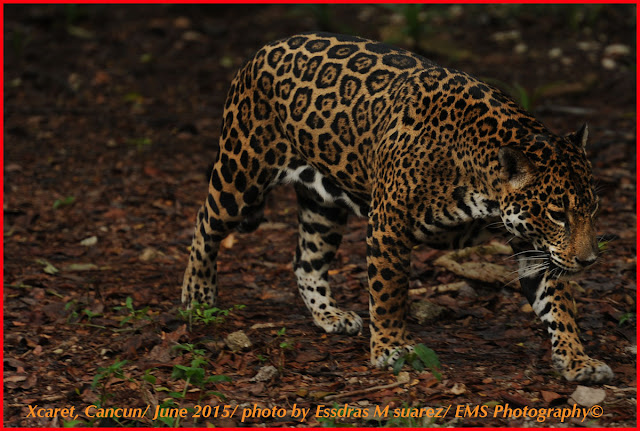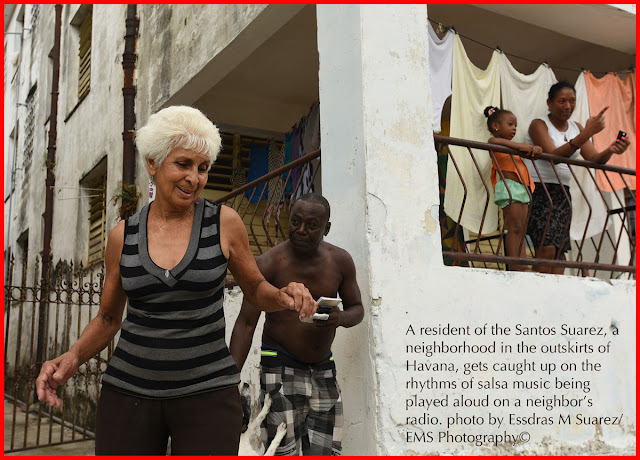--> I have come to the conclusion my new life as a photographer after having been a staff newspaper photographer for 20 years is going to be split between teaching photo workshops nationally and internationally and doing commercial assignments with the occasional editorial assignment thrown in there for good measure.
I've also become aware of lucky I truly am for I now hold
a privileged position: I'm now solidly booked through mid 2016 after only seven months of being offered a buyout by the
Boston Globe.
Especially with photo workshops in Cuba through Road Scholar where I now have waiting lists
for most of my trip dates.
So for that, I am very thankful. But I was raised to believe it is not good
enough just to do well for yourself but whenever possible you should try help others do equally well. So I figured: What better way of doing this than by expanding my photo
workshop destinations and by adding other world-class-award-winning photojournalists and photographers that share my passion for photography and teaching?
I'll be helping others who now find themselves in the awkward position of knowing all things photography but possibly finding themselves out of work in the coming years. I'll be adding to my team master visual-story-tellers with a knack for sharing their life-long photographic knowledge acumen.
That's why I'm now in the process of looking for new destinations
for photo workshops. So I can bring in new photo instructors and share with them the joys and rewards of teaching I now get to experience on a regular bases.
Anyhow, thus the Mayan Riviera.
When I was first approached by a tour operator about the idea of adding
this area as a destination, I was a bit leery. He'd try explaining the appeal
of the area several times but to no avail. So once he realized he just wasn't
getting through. He finally said to me, "I'm just going to have to show
you."
Before I arrived in Cancun, I was feeling pretty bad. I just wasn't sure
how I was going to gently let him down. This guy is honest to God one the nicest and most
genuine person I've ever met. So I thought, he'd take it very hard when I'd have to tell him the way my associates and I best taught
photo skills is in real-life scenarios and not in a "theme park."
But alas, I never had to utter such speech. From the first day I arrived to Xcaret, the word "WOW!" became a constant in my vocabulary. I've always
known how photogenic a place and/or its people truly are by the amount of
shooting I do while on location. The more I shoot the better the photo opportunities. And in the
Mayan Riviera I kept shooting, and shooting and shooting...
Everywhere I'd turn there were great situations happening, great
characters, and great scenes begging to be photographed. There were so many things I wanted to photograph, so much variety of visually appealing details everywhere I looked. By the end of my
visit, I had no doubt this is a great place for a photo workshop.
I can think of very few places around the world where you’d have this
caliber of accessible archeological attractions such as Chichen Itza, Coba-
just to name a few- with their jungle-covered pyramids as well as thousand-year
old stone carvings called "stelae.
"
A landscape dotted with naturally- occurring geographical features such
as underground rivers, and an abundance of see-though-water-filled-sink holes
known as “cenotes.” A cornucopia of wildlife ranging from all-things marine to jaguars, exotic birds, and adorable coatimundis (long-snouted mammals the size of small dogs from the family of the
raccoons.)
Colonial-style small town pepper the area where the pace of life has not changed in hundreds of years; thus, rewarding
photo-philes with timeless imagery waiting to be captured with their cameras.
A theme park depicting the many cultures found within Mexico as well as
visually- rich re-creations of Mayan traditions such as a sacred ball game known as “juego de pelota.” A
game played by Mayans descendants where the only part of the body allowed while hitting the ball is the hip and where in ancient times the winning team was the one
who was sacrificed to the gods?? To ritual ceremonies re-created on
floating rafts just the way they were originally performed thousands of years ago.
I can see this place lending itself to future workshops not only
specializing in travel photography but also in a myriad of other photographic specialties such as nature, portraiture, food and macro photography…etc. The possibilities are
truly endless.
Not only is the area filled with visual candy for the photo aficionado
but it also offers something else, I’m now learning to appreciate: A plethora of
participatory and enjoyable activities for those non-photo-interested
significant others that might want to tag along with us the crazy photo people!
Among these: zip-lining over the jungle canopy during day and night runs which might end up taking the adventure traveler through fire rings and ending in underground caves. To the excitement of driving off-road vehicles at night through the tropical forest. Or floating on rafts in underground rivers under a ceiling of thousands-of-years old stalactites. Swimming with dolphins, with manta rays or simply donning a life vest while floating or snorkeling for hours on end. All of these accompanied by gastronomic delights to be photographed and/or consumed.
TECH STUFF: This time around I decided to take
two of my camera bodies: D4 and D3s. However I added to my regular lenses, 17-35mm 2.8
and my 70- 200mm 2.8 and a 1.4TC, a 60mm 2.8 macro and a 500mm 4.0.
I also
brought two strobes with me: An SB 800 and the versatile SB 910. I added to this kit an SU-800 Commander to remotely
control the latter as well as an external battery pack, SD-8A, in case I'd needed the extra power for shooting inside the underground cave system
.
.
Click here if you want to see a full-gallery of images













































